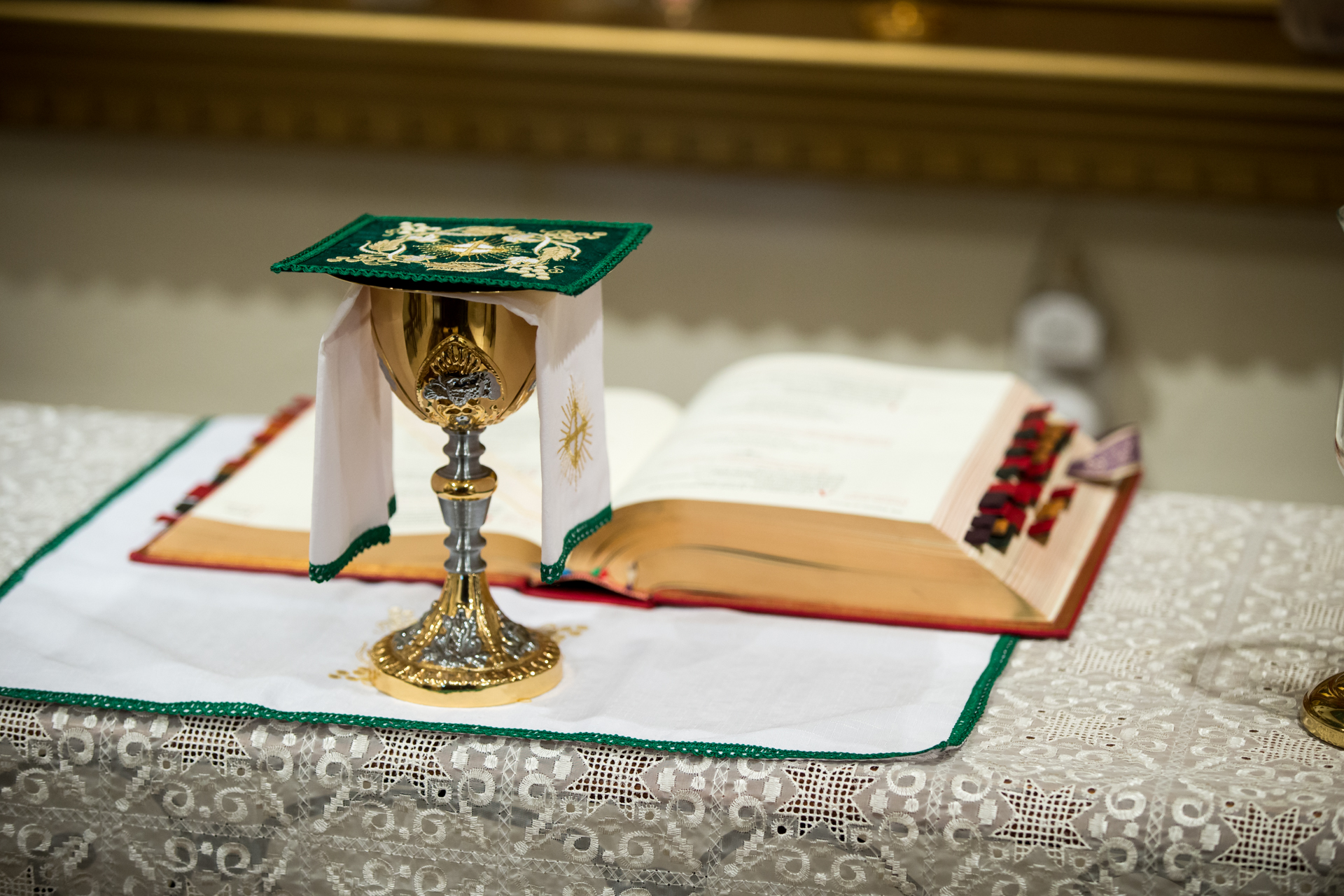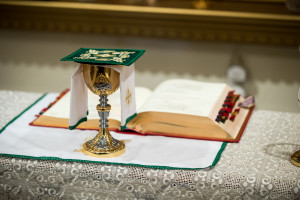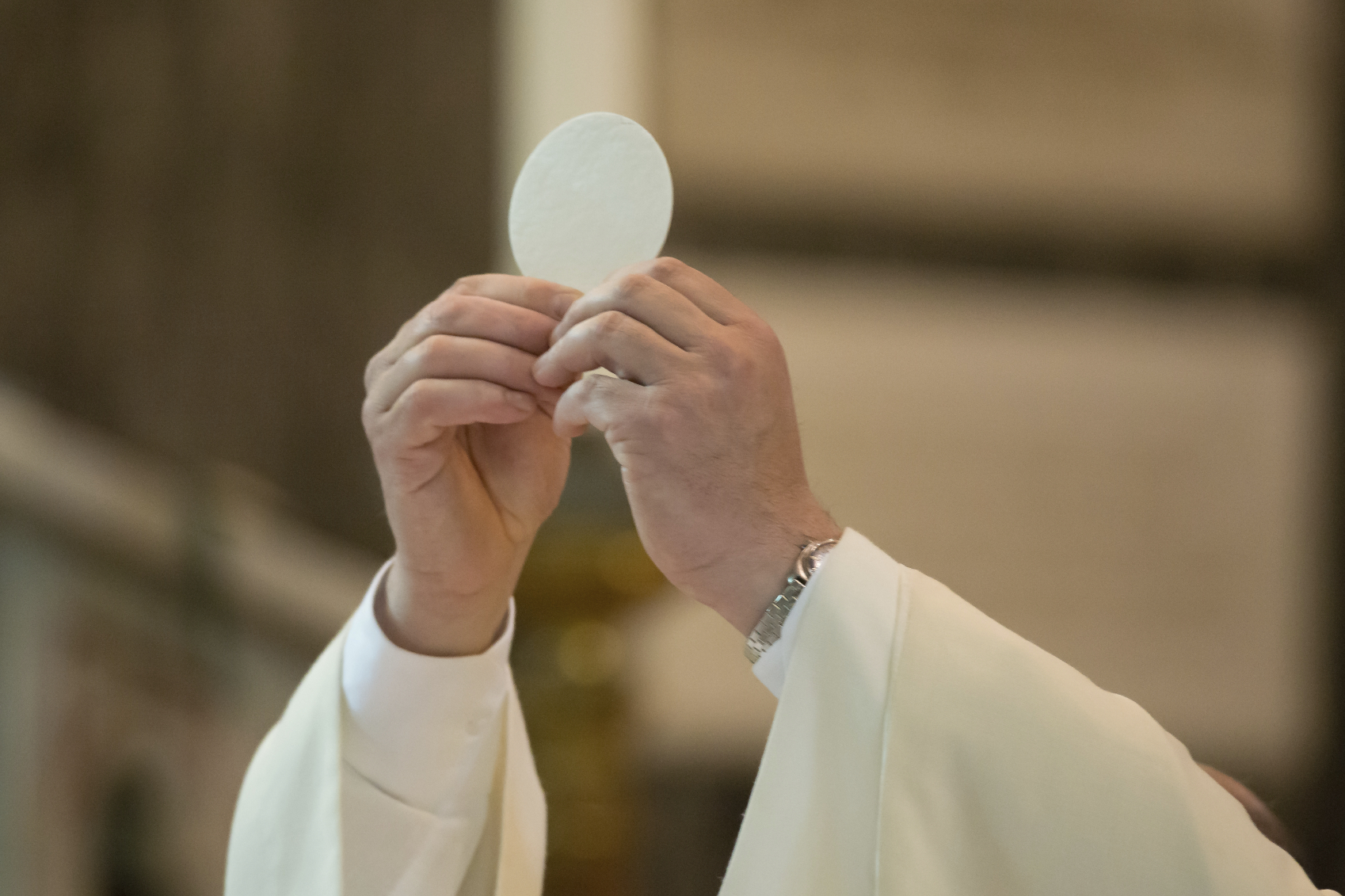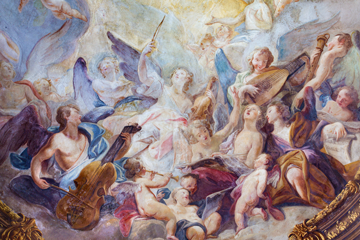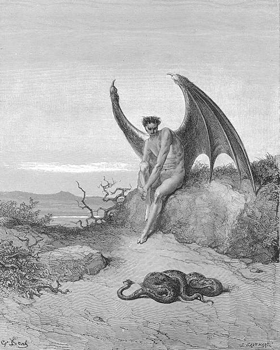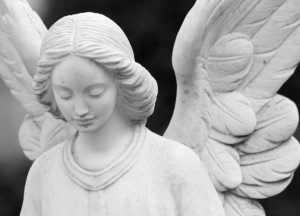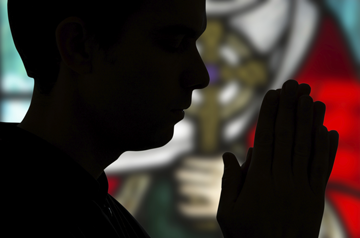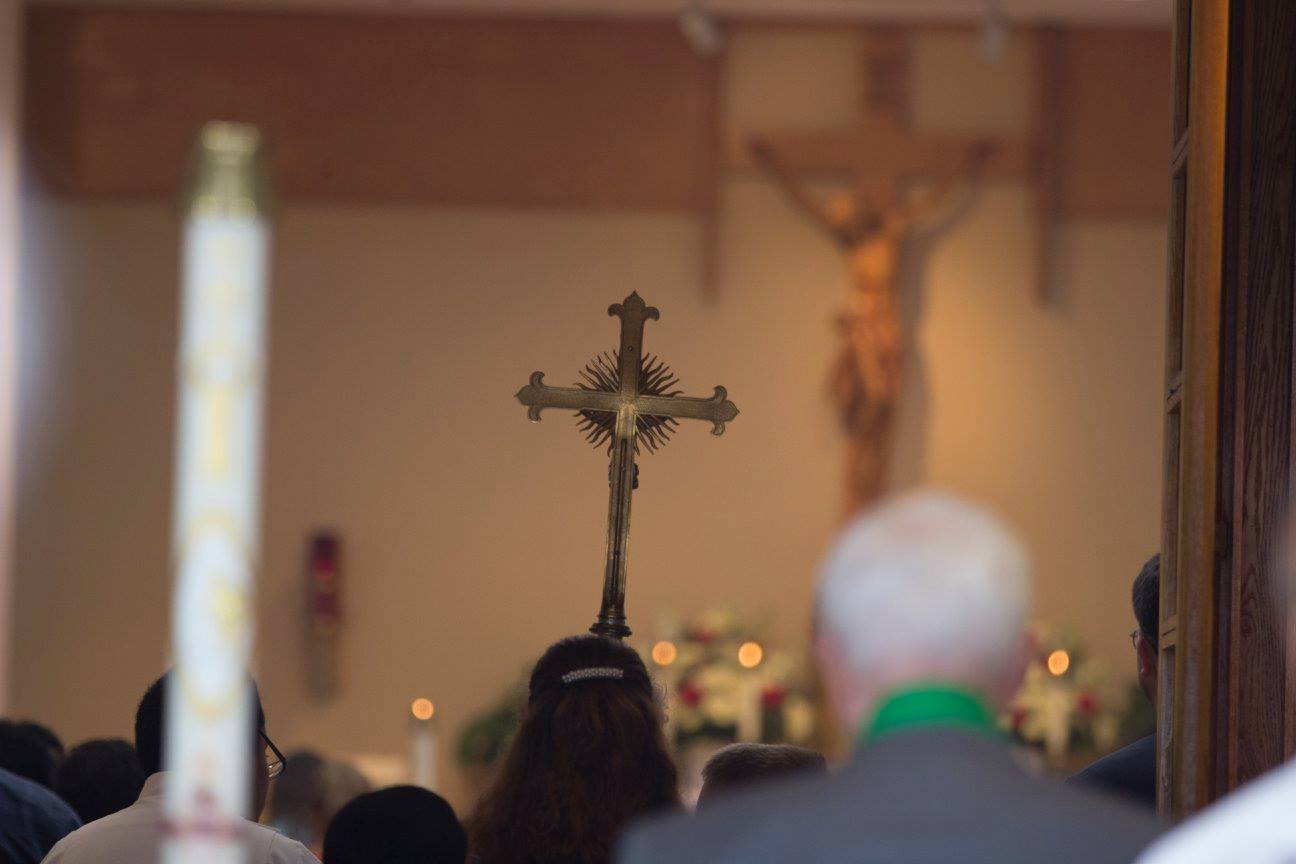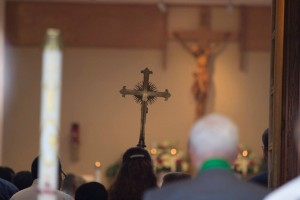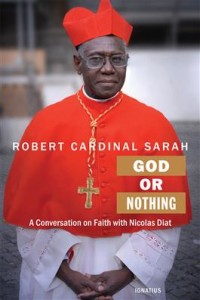 Cardinal Sarah, in his book-length interview with Nicolas Diet, God or Nothing, has many good observations on the Sacred Liturgy. His remarks should cause all of us to think as well as to repent.
Cardinal Sarah, in his book-length interview with Nicolas Diet, God or Nothing, has many good observations on the Sacred Liturgy. His remarks should cause all of us to think as well as to repent.
His fundamental insights are that the Sacred Liturgy is about the adoration and worship of God, and that it is our hearts that God seeks.
I will present a few quotes from the good Cardinal in bold, black italics while my meager commentary is in plain, red text.
Cardinal Sarah has the following to say about the implementation of liturgical reform:
Unfortunately, right after the Council, the Constitution on the Sacred Liturgy was understood, not in terms of the fundamental primacy of adoration, of the Church humbly kneeling before the greatness of God, but rather as a book of formulas …. We have seen all sorts of “creative” liturgical planners who sought to find tricks to make the liturgy attractive, more communicative, by involving more and more people, but all the while forgetting that the liturgy is made for God. If you make God the Great Absent One, then all sorts of downward spirals are possible, from the most trivial to the most contemptible.
… If we make the liturgy for ourselves, it moves away from the divine; it becomes a ridiculous, vulgar, boring, theatrical game. We end up with liturgies that resemble variety shows …. The faithful go back home … without having encountered God personally or having heard him in the innermost depths of their heart (God or nothing, p. 105).
It is amazing to me how hard it is for us to get this simple point across today. The Liturgy is about God and the worship of God. It is listening with docility to His Word proclaimed and worshiping Him in the Word made Flesh, in the Eucharist. But you would almost never know that by walking into a typical Mass. Thomas Day summarized modern worship well when he described it as “the aware, gathered community celebrating itself.”
Cardinal Sarah presents a beautiful image of the Church and of the goal of liturgy: “the Church humbly kneeling before the greatness of God.”
And what a terrible indictment, what a “fail” that Cardinal Sarah describes: “The faithful go back home … without having encountered God personally or having heard Him in the innermost depths of their heart.”
I wonder if any pastor or liturgy committee has ever articulated so clear a goal and so clear a “fail” to be avoided. Burn all the glossy liturgy magazines with their trendy ideas! The good Cardinal has set forth everything we need to consider.
Next, the Cardinal has a call to repentance for some of us who have turned the liturgy, God’s Sacred Liturgy, into a battleground. The Cardinal describes the opposing camps: those favoring the classical liturgy and those favoring the modern. He is plain in saying that these wars are a countersign and must displease God exceedingly. His Eminence has something to say to both sides. Whichever side you are on, prepare to repent.
First, Cardinal Sarah states the problem:
God alone should be our point of reference. However, … we have different concepts of liturgy that go so far as to cause mutual rejection, hostility, or even a cold war…. Too often we are opposed, each one enclosed in his little chapel …. Ideology replaces adoration (Ibid, p. 116).
Do you see what he is saying? God is the point. But instead, we look at each other and make “the other guy” the point. We say, “He isn’t kneeling enough.” “She’s wearing a veil!” “You’re turning back the clock with all your Latin stuff.” “Listen to that hootenanny music, that Protestant hymn. Look at that dumb charismatic emotionalism. It’s so irreverent!”
Note our inward focus, our obsession with the other guy. But where is God in all this? Well, the Cardinal has our number: “ideology has replaced adoration.” I don’t have any time to adore God if I’m too busy watching what the other guy is or isn’t doing.
The Cardinal continues,
The liturgy is God’s time, and it tends to become the heart of an ideological pitched battle between different concepts [classical and modern]. It is sad to enter God’s house with one’s shoulders loaded with weapons of war and one’s heart filled with hatred … (Ibid, p. 116).
Yikes! And don’t tell me his observation isn’t fair.
Now here comes the money quote:
Indeed, beyond the rite, God looks first for human hearts….
The first rubric of any Liturgy is this: Caritas suprema lex (Charity is the highest law). God wants our love! At the end of every liturgy, whether it is your favorite form or not, did you worship God? Did you tell Him that you love Him? Did you love and adore Him? Were you grateful and astonished at His goodness and mercy?
Some years ago, as a large team of us were going into the basilica to celebrate a Solemn High Pontifical Mass in the Extraordinary Form, I was asked to offer a prayer. The liturgy is enormously complex and as I prayed that we would remain focused and remember our roles I also asked God: “Please, Lord, help us to do well. But above all, help us to remember to worship you.” I have no doubt that on that day I missed a few bows or biretta tips, but I pray that I did not forget my primary goal, which was to worship the God who loves me despite my fumbling.
Next, the Cardinal speaks to us who love the “Classical Liturgy”:
If a person respects the ancient rites of the Church but is not in love, that individual is perishing. I think that this is the situation of the most extremist adherents of the various liturgical schools. Strict, almost fundamentalist ritualism or the modernist-type deconstruction of the rite, [these] can cut people off from a true search for the love of God.
Risking the wrath of traditionalists, of which I am one, I must say that I have sometimes suffered at the hands of fellow traditionalist for not being “traditional enough.” For some, it is not enough to like the Traditional Latin Mass (TLM); one must also despise the Ordinary Form and insist on its abolition. While I love the TLM, I do not hate the Ordinary Form. And I also like gospel music. I have been discredited by some for these views. But how could I hate the Ordinary Form or gospel music? It is the form I was largely raised in, the form in which I was ordained, and the form in which I have celebrated the vast majority of the Masses of my priesthood. Gospel music has spoken to my soul every bit as much as have chant and polyphony, and gospel music is always about God, not us.
Whatever the faults of the Ordinary Form (and they are not negligible), it has fed me and has been the way I have encountered the Lord for most of my life!
But yes, I have suffered at the hands of traditionalists. And my suffering is made the more acute because I love them. But I will not hate the new Mass. I also love many others in the Church who worship in the Novus Ordo and have met the Lord there. There are some in the Neocatechumenal Way, in the Charismatic Movement, in Cursillo, and in my own parish with its vibrant gospel liturgy, who have met the Lord in non-traditional ways. The New Mass and its diversity has helped them to find a place where they could meet God.
The Cardinal’s rebuke is a call to repentance to fundamentalists and extreme adherents to tradition who would simply reject the experience of others who have found the Lord in non-traditional ways. The New Liturgy allows a lot more freedom, and if the Church allows a freedom we are wrong to excoriate others for doing what the Church permits. It may not be my favorite type of music; it may make use of liturgical options that are not my preference; but if it is allowed, for the love of God, never get between another person and God.
The Cardinal warns devotees of the modern forms, too:
In Africa, when I attend Masses that last six hours, I see only a celebration that suits personal preferences. I strongly doubt there is a true encounter with God in such moments of continual excitement and dances that are not very conducive to the encounter with the mystery. God is horrified by forms of ritualism in which man satisfies himself. Even though it is necessary to give thanks to God for the real vitality of our African liturgies … when the [paschal] mystery is encumbered with elements that are foreign to the Eucharist, it give the impression that we are celebrating ourselves. We absolutely must strive to do again what Jesus did. Let us remember his Words: “Do this in memory of me.”
[These aberrations can] lead us to the celebration of the great mystery of our faith, but are made without any recollection, without any sense of wonder, without any religious “awe” at being face to face with God. The celebrants chat and discuss all sorts of trifling things while walking [in procession] up to the altar of the Lord!
Yes, here is the major problem with the modern form: it can so easily devolve into a self-satisfying, self-absorbed liturgy in which God is barely referred to, and whose seeming purpose is to praise ourselves and lift up man rather than God. Modern liturgy too easily becomes what pleases us. But where is God? Where is the time to reflect and reverently experience that He is Lord and worthy of my worship? When do we listen during these noisy, busy liturgies? When do we ever stop all the congratulations of one another that so predominate modern liturgy? Is the Liturgy only about us, the music we like, and self-aggrandizement? What would happen if we just stopped all the lengthy Thank-yous that so burden the beginning and end of every Mass?
And thank you, Cardinal Sarah, for calling out the chattering priests who, instead of singing the hymn or worshiping God, engage in banter and delight in acknowledgments as they process up the aisle. Shame on us!
And then a final word from Cardinal Sarah:
The liturgy is a moment when God, out of love, desires to be in profound communion with men. If we truly experience these sacred moments, we can encounter God. We must not fall into the trap that tries to reduce the liturgy to a simple place of fraternal conviviality … (Ibid, p. 124).
Amen!
Here’s a song from the 1970s that I often sang in my youth. Although it is from a “goofy” period, it reminds us to remember God.
And here is a song from the classical liturgy that carries the same message:

